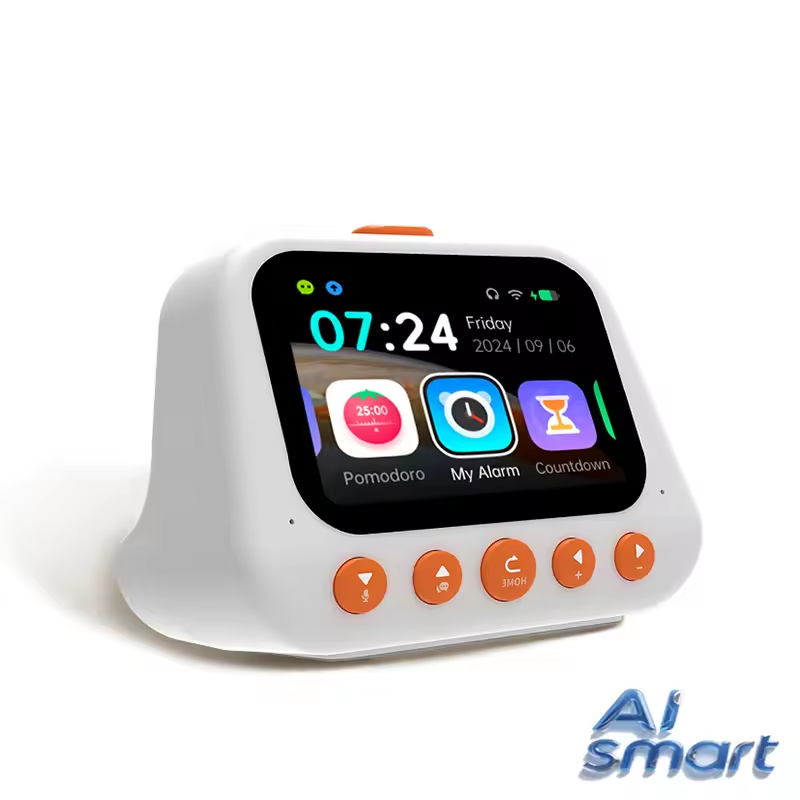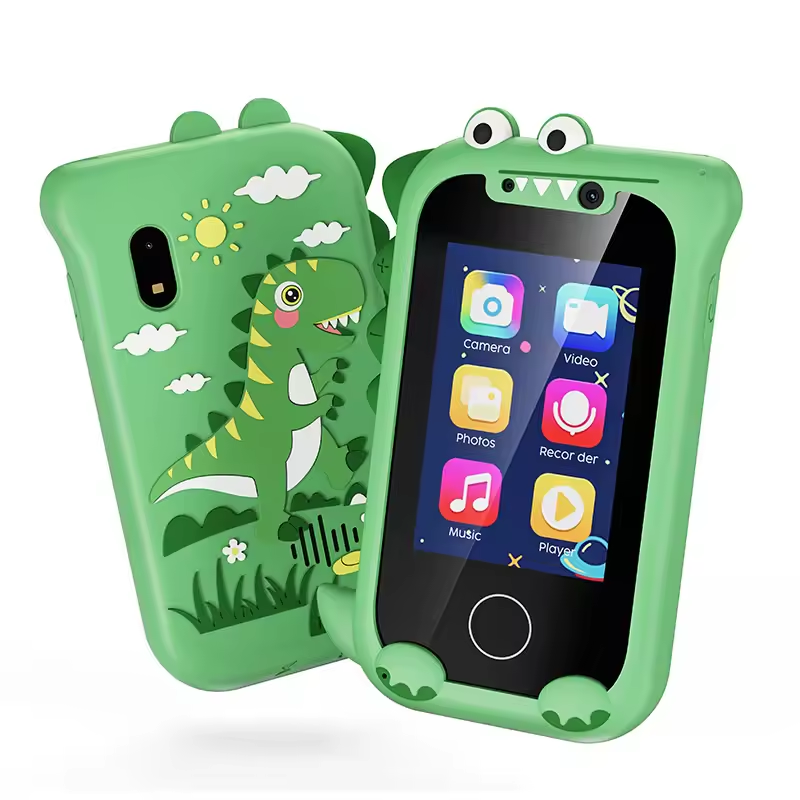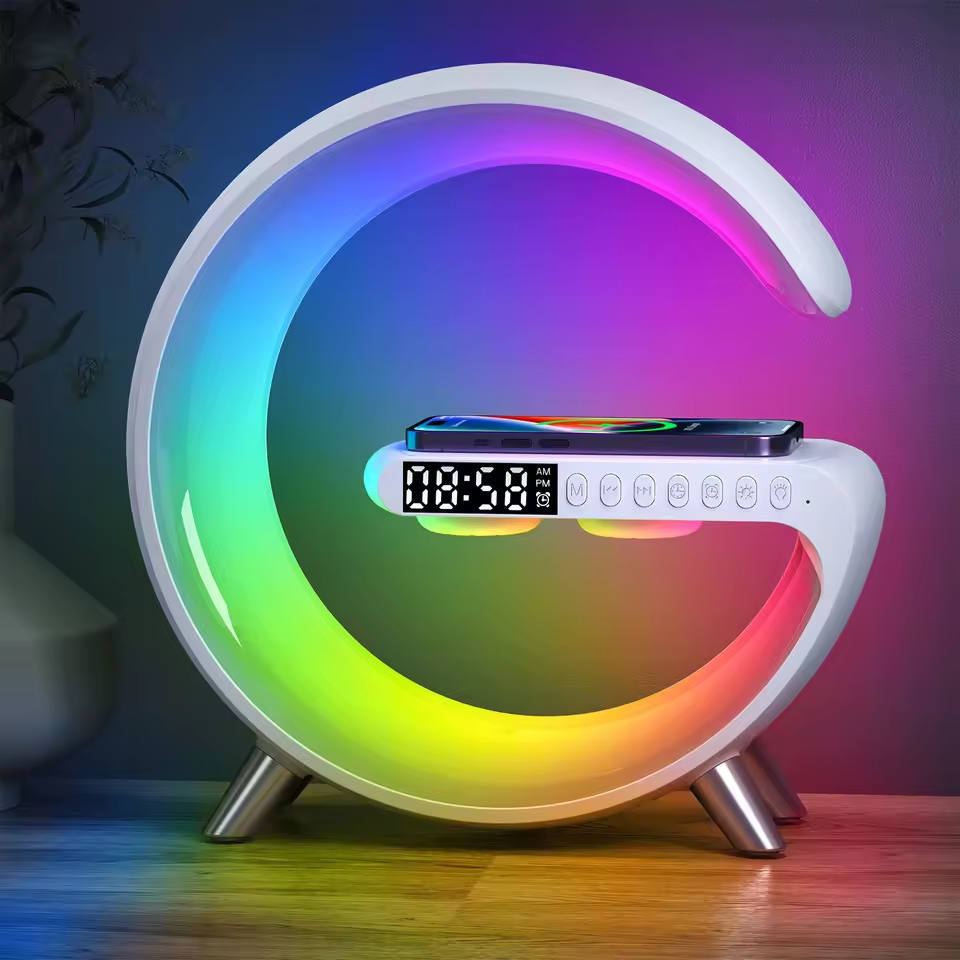Choosing the Right Smart Speaker for Your Child
When it comes to finding a smart speaker for kids, consider ease of use, features, and durability. Aim for devices designed with children in mind. These often have robust construction, simple interfaces, and child-friendly content. Look for smart speakers that offer educational apps and parental controls. You want a device that grows with your child’s needs and remains relevant over time. Be sure to check for compatibility with other devices in your home. This ensures a seamless tech environment for your family. Also, factor in the cost and ensure the smart speaker offers good value for money. A child’s smart speaker should be an investment in their learning and entertainment, not just another gadget.

Key Features to Look for in a Kid-Friendly Smart Speaker
When searching for a smart speaker for kids, aim for these key features to ensure a great experience and value:
- Age-Appropriate Content: The speaker should have access to a wide range of child-friendly content. This includes stories, songs, and educational material suitable for different ages.
- Durability: Kids can be tough on gadgets. Look for a smart speaker with a sturdy build that can withstand drops and spills.
- Parental Controls: Essential for monitoring and controlling what your child can access. Parental controls help keep them safe while they learn and play.
- Educational Tools: Select a smart speaker that comes with built-in educational apps. Learning should be fun and interactive. It can help with homework too.
- Voice Recognition: Opt for a device that understands young voices. Good voice recognition makes it easier for kids to interact with their smart speaker.
- Privacy Features: Ensure the speaker has features that protect your child’s privacy. This could include data encryption and the ability to delete recordings.
- Easy to Use: The interface should be simple for a child to use without constant adult supervision. It should have clear, intuitive commands.
Remember to blend these features with the smart speaker’s overall quality and cost-effectiveness. Your child’s smart speaker should be a tool for learning and fun, not a source of frustration. Keep these key features in mind to find the best smart speaker for your child’s needs.
Safety and Privacy: What Parents Need to Know
In the world of smart speakers for kids, safety and privacy stand out as top concerns for parents. When selecting a smart speaker, be proactive about understanding its security features. Here are steps to ensure that your child’s interactions with their smart device remain safe:
- Research Company Policies: Before buying, research the manufacturer’s policies on data collection and privacy. Companies should commit to protecting user data, especially for children.
- Look for Safe Data Practices: A reliable smart speaker for kids should have strong data encryption and options to delete any stored recordings. These practices help protect your child from potential online threats.
- Regular Software Updates: Make sure the smart speaker receives regular software updates. Updates often fix security vulnerabilities and keep the device safe.
- Secure Wi-Fi Networks: Only connect smart speakers to secure, password-protected Wi-Fi networks. This reduces the risk of unauthorized access.
- Discuss Safe Usage: Teach your child about the importance of privacy. Explain why they should never share personal information with their smart speaker.
By being vigilant about safety and privacy, you can help create a secure environment for your child. Keep these guidelines in mind to make wise choices while enjoying the benefits of smart technology in your home.
How Smart Speakers Can Enhance Learning and Creativity
Smart speakers bring a new dimension to children’s learning and creativity. Here’s how:
- Interactive Learning: Kids learn by asking questions and receiving instant responses. This engagement boosts their curiosity and drives discovery.
- Language Development: Interacting with a smart speaker can help kids improve their language skills. They learn new words and how to pronounce them correctly.
- Storytelling: These devices can tell stories, making bedtime or playtime more enjoyable and educational.
- Educational Games: Many smart speakers come with educational games that make learning fun. This includes memory games, spelling quizzes, and math challenges.
- Creativity Activation: Smart speakers can play music, a powerful tool for stimulating creativity in kids. They can dance, sing, or even start their own band.
- Developing Routine: They can help children develop a routine by setting alarms for tasks like homework, playtime, or bedtime.
- Problem-Solving Skills: Kids can play interactive games that enhance problem-solving skills through their smart speaker.
By choosing the right smart speaker for kids, you open up a world of opportunities for them to learn and express their creativity. It’s essential to select one that offers the right balance of features that cater to their age and interests. Keep in mind the importance of safety and privacy for a secure learning environment.
Setting Up Parental Controls and Boundaries
Ensuring your child’s safety when using a smart speaker for kids is crucial. Parental controls are the primary tools you can use to set boundaries and manage what content your child can access. Here’s how to set up parental controls effectively:
- Understand the Settings: Become familiar with the speaker’s control panel. Learn how to navigate to the parental settings.
- Create Unique Profiles: If possible, create a profile specifically for your child. Tailor settings to suit their age and what is appropriate for them.
- Manage Content Access: Use features to limit access to approved music, stories, and educational content.
- Set Time Limits: Limit how long your child can interact with the smart speaker. This encourages a healthy balance between technology use and other activities.
- Monitor Interactions: Some smart speakers offer logs of interactions. Review these to understand how your child uses the device.
- Educate Your Child: Talk to your child about the importance of these boundaries. Explain why certain content is restricted.
- Update Regularly: As your child grows, regularly adjust the controls to reflect their maturity level.
By effectively setting up parental controls, you give your child the freedom to explore while ensuring they do so safely. Remember to reassess these settings regularly as your child develops and their needs change.
The Best Smart Speakers for Kids on the Market
Finding the perfect smart speaker for your child means looking at the best options available. As an SEO expert and professional blogger, I’ll help you navigate the top smart speakers tailored for youngsters. Here’s a look at some highly recommended models that align with our outlined features and safety requirements.
- Amazon Echo Dot Kids Edition: This speaker comes with a kid-friendly case, easy-to-use parental controls, and a year of Amazon Kids+. It offers an array of stories and songs tailored for children. Plus, Alexa’s voice recognition is designed with kids in mind.
- Google Nest Mini: Great for families invested in Google’s ecosystem, this speaker offers voice-activated help with homework and fun educational quizzes. With its Voice Match technology, it can recognize individual family members for a personalized experience.
- JBL JR Pop: Specifically designed for kids, this speaker is waterproof and comes with fun light patterns. Its durable build makes it ideal for the rough handling that sometimes comes from kids at play.
- Apple HomePod Mini: If you’re in the Apple universe, this speaker offers excellent sound quality and Siri’s voice assistance for educational interaction. Be sure to utilize the parental controls in the Home app for a safe experience.
Each of these smart speakers comes with unique features that make them suitable for children. From offering educational content to robust parental controls, they provide a balance between learning and fun. Keep in mind to regularly update their settings and check compatibility with other home devices.
Tips for Introducing Your Child to Smart Speakers
Introducing your child to smart speakers requires care and consideration. Here are some tips to help you ensure a smooth transition:
- Start with Basics: Show your child how to wake up the speaker and use simple commands. Keep instructions clear and short.
- Engage Together: Initially, use the smart speaker together with your child. This can help them understand its functions and how to interact appropriately.
- Set Expectations: Make rules around when and how to use the smart speaker. Explain these rules to your child to avoid any misuse.
- Encourage Questions: Let your child ask questions. Answer them patiently. This fosters their curiosity and understanding of the smart speaker.
- Prioritize Safety: Teach your child about the importance of privacy and staying safe online. Use examples that they can relate to.
- Monitor Use: Keep an eye on your child’s interactions. Make sure they’re using it for suitable activities and times.
- Keep it Fun: Show your child the fun aspects like playing music or hearing stories. Balance educational and entertaining content.
By introducing your child to smart speakers carefully, you can make sure they enjoy the benefits of the technology while staying safe and responsible.
Troubleshooting Common Smart Speaker Issues in Kids? Rooms
Even the best smart speaker for kids can encounter issues. Addressing these problems promptly ensures that your child continues to enjoy a safe and educational experience. Here are some common smart speaker issues in kids’ rooms and how to troubleshoot them:
- Difficulty Recognizing Child’s Voice: If the smart speaker struggles to recognize your child’s voice, try retraining the voice recognition feature with your child’s voice. Speak clearly and at a natural pace.
- Connectivity Problems: Ensure the smart speaker is within range of the Wi-Fi network. If connectivity issues persist, restart the router and the speaker.
- Audio is Not Clear: Check the speaker’s volume settings and make sure there are no obstructions blocking the speaker. Clean the speaker grille gently.
- Limited Content Access: If content is limited, verify that subscriptions are up to date. Check the parental controls to ensure they are not overly restrictive.
- Unresponsive Device: Restart the smart speaker to resolve temporary glitches. If the problem persists, check for software updates.
- Accidental Purchases or Commands: Review the purchase settings and disable one-click ordering if needed. Teach your child the right commands to prevent accidental purchases.
- Power Issues: Verify that the smart speaker is properly plugged in or that the battery is charged. Replace cables or chargers if necessary.
Tackling these issues head-on allows your child’s smart speaker to function effectively. Regular maintenance and firmware updates can prevent many of these problems. Be proactive in monitoring your child’s use of the smart speaker to maintain a beneficial and enjoyable learning environment.